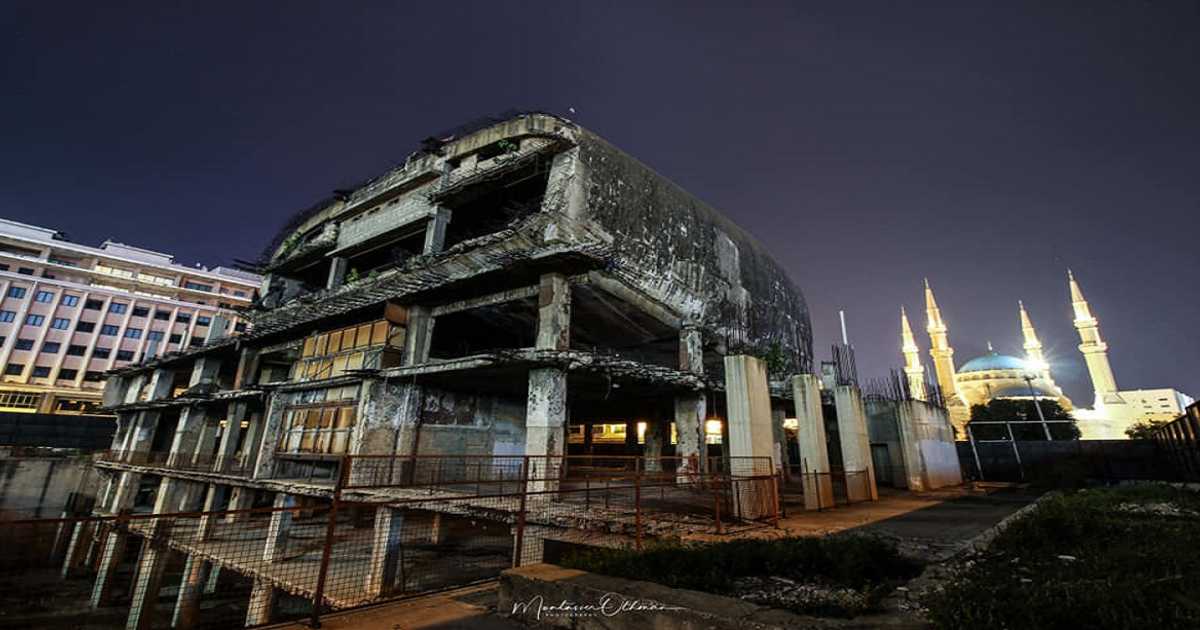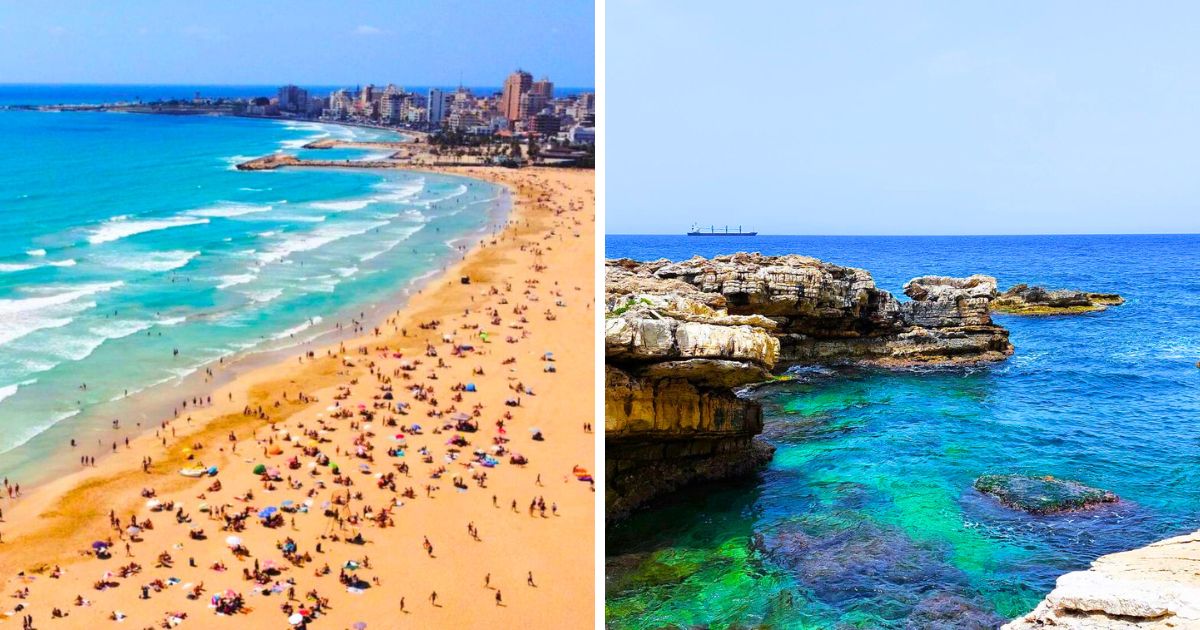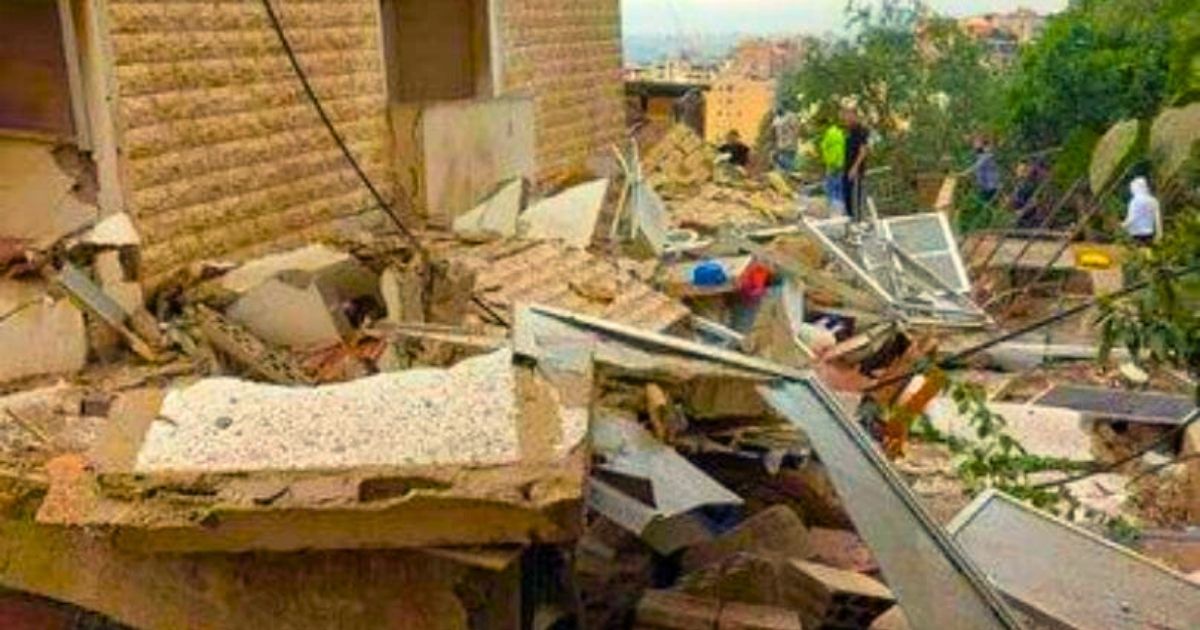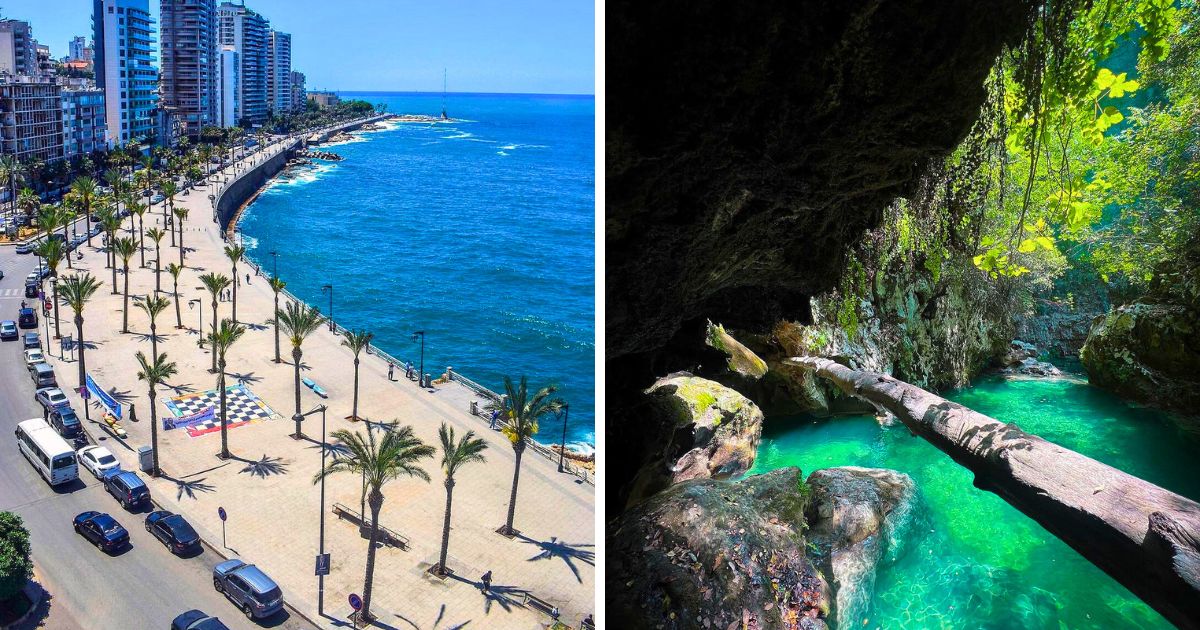Beirut. I fall in love again with this city every time I walk through its streets.
Even though I live in Beirut, listening to “Le Beirut” by Fayrouz not only makes me feel the city that we all so breathe, but it also takes me back to the old streets of the pre-war Beirut, the during war Beirut, and the post-war Beirut that licked its wounds and kept thriving.
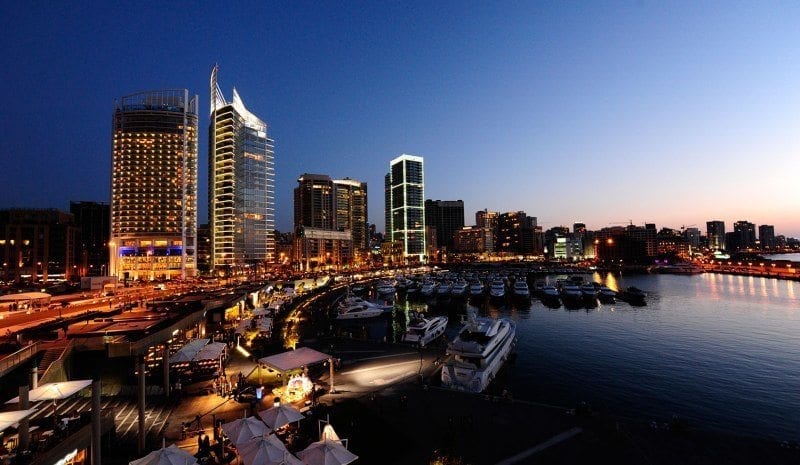
Now, I do realize Beirut is not the most beautiful city in the world according to given standards, nor the most beautiful place in Lebanon to be specific.
But there is something about its closeness to culture and heritage that gets me so poetic. From the Oprah House in Riad Solh to Beit Beirut in Ashrafieh, these broken yet still standing buildings are what make Beirut, Beirut.
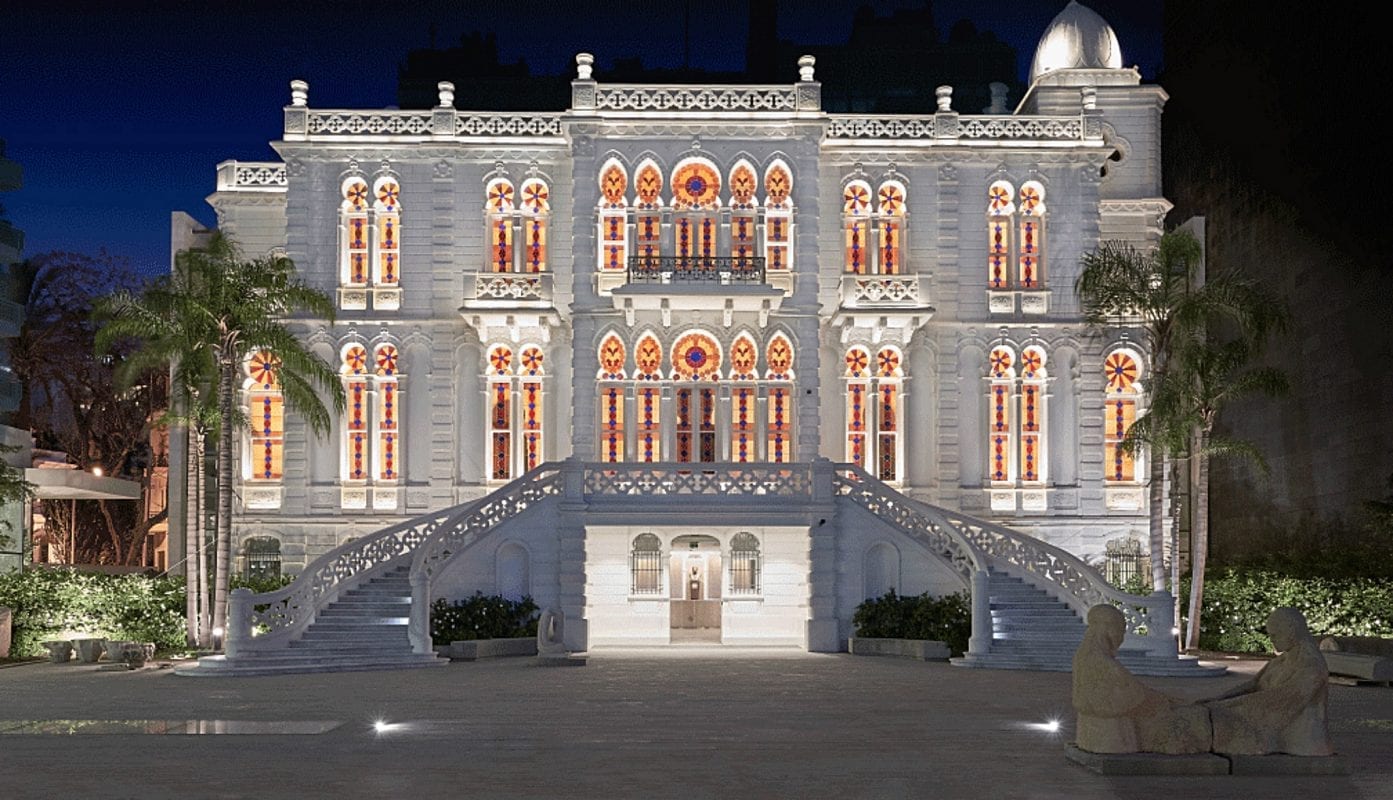
Another building most beloved to citizens and tourists is a weird egg-like shaped building in Downtown Beirut near Mohammad Al-Amin mosque and Azariyeh church.
The Egg, or the Dome, is an architecture urban plan of a mall, which was supposed to be the first mall in the Middle East.
According to Daniel Springer, an architect based in Berlin interested in the potential of unfinished architecture, “The Egg itself was commissioned as part of a modernist set of buildings in 1965, designed by the Lebanese architect Joseph Philippe Karam (1923-1976).”
The whole set was thought to be the Beirut City Center, a multi-use complex, which would concentrate mainly on the hybridization of two programs: spaces for leisure activities (shopping mall, cinema) mixed with office spaces.
Now, when you look closely at the drawings of the original project by Karam, The Egg is more or less an unobtrusive part of the whole set of buildings, which consists of two high towers and the egg-shaped shell protruding from a large column supported plinth.
This building was supposed to be the first big mall in Lebanon and with escalators, along with Maatouk shop that was well known for making chips, and Samadi sweets shop that was famous for its Lebanese knefe sweet.
However, that City Center did not see really the light. During the Lebanese Civil War, The Egg was used as a square contact between Bechara Al Khoury and Dabbas Square (known as Damascus street now), therefore leaving the building to destruction.
After the war ended, the joint-stock company Solidere was held responsible for The Egg as part of its planning and redeveloping of Beirut Central District.
Solidere decided to keep the building as it is and put it on an inventory list due to its strange yet valuable geometric value.
Snipers used The Egg to hide while sniping at the Armenian church in Dabbas Square and all the way to Tabariz and Mar Maroun Church.
A lot of promises circulated around the renovation of The Egg, but no one took any step into an actual renovation.
These days, it has been brought to life by the Lebanese Revolution, every night, with music and lights resounding, as protesters gather to turn their protest into celebrations of hope.
